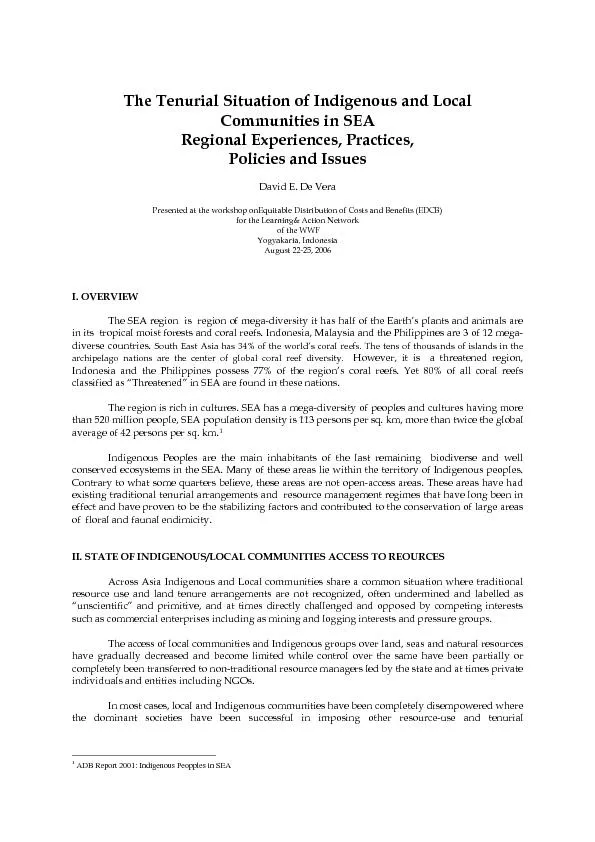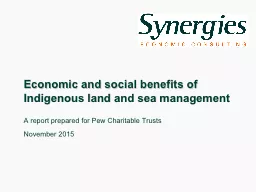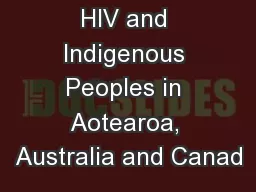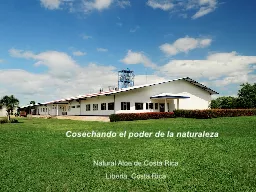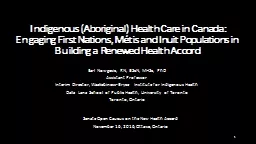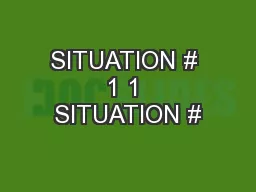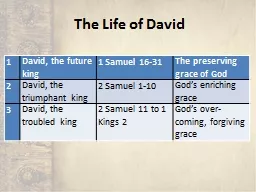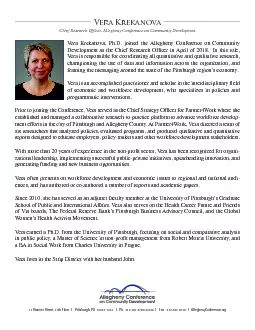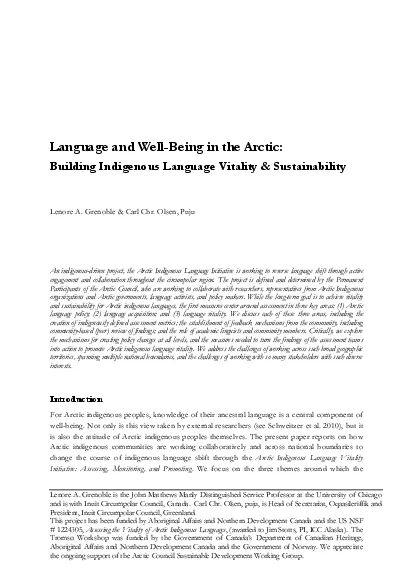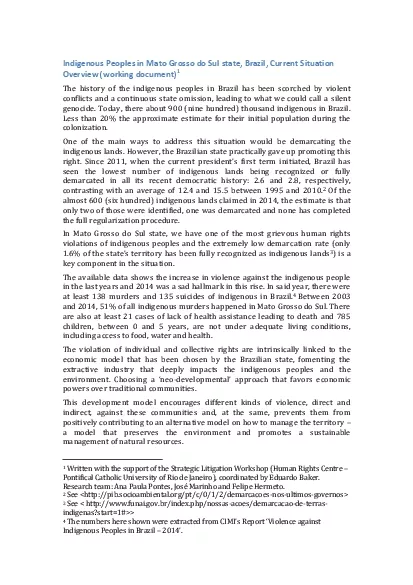PDF-The Tenurial Situation of Indigenous and Local David E. De Vera Presen
Author : debby-jeon | Published Date : 2016-08-12
ADB Report 2001 Indigenous Peopples in SEA arrangements through legal decrees or at times by physical force and occupation of traditional territories As can be expected
Presentation Embed Code
Download Presentation
Download Presentation The PPT/PDF document "The Tenurial Situation of Indigenous and..." is the property of its rightful owner. Permission is granted to download and print the materials on this website for personal, non-commercial use only, and to display it on your personal computer provided you do not modify the materials and that you retain all copyright notices contained in the materials. By downloading content from our website, you accept the terms of this agreement.
The Tenurial Situation of Indigenous and Local David E. De Vera Presen: Transcript
Download Rules Of Document
"The Tenurial Situation of Indigenous and Local David E. De Vera Presen"The content belongs to its owner. You may download and print it for personal use, without modification, and keep all copyright notices. By downloading, you agree to these terms.
Related Documents

